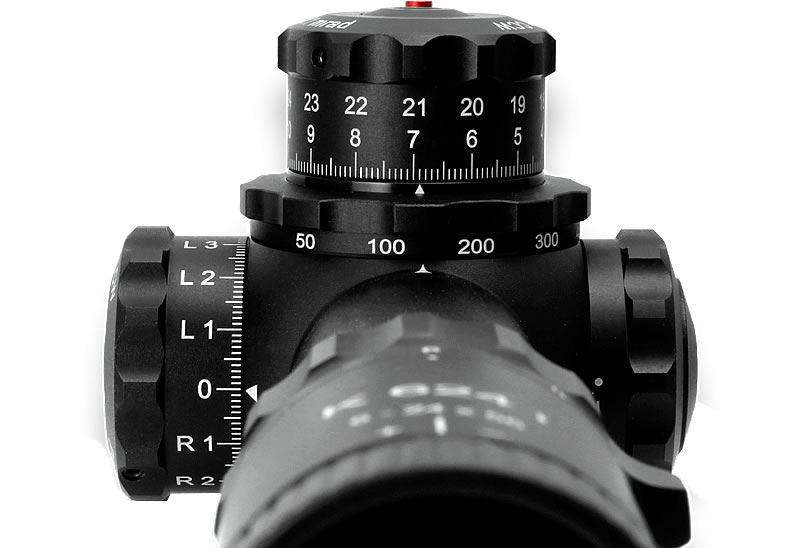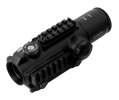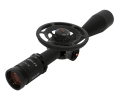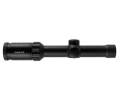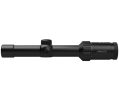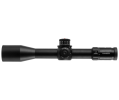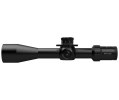How to choose your rifle scope?
Out of all long-range shooter’s equipment, it is certainly the choice of the rifle scope that turns out to be the most complex. In addition to the budget it represents, sometimes as expensive as the rifle itself, the rifle scope has many technical criteria to be taken into consideration according to the shooting disciplines practiced, the shooting distances chosen, and also according to the shooter’s preferences.
To be as concise as possible, we will voluntarily move towards scopes which strictly concern long-range (LRS) precision sport shooting, disregarding those intended for hunting or military use of any kind, which will automatically eliminate many criteria to be determined.
In order to facilitate your choice, we will support you by providing you with simple and useful explanations for each of the criteria listed below.
- - Magnification: 2.5-10, 3-12, 3.5-18, 6-24, 5-25, 10-50.
- - Lens diameter: x40, x42, x44, x50, x56.
- - Body diameter: 25.40mm, 30mm, 34mm, 35mm.
- - Reticle type: MIL, MOAK, SKMR, Duplex, Crosshair, Luminous or not
- - Focal plane: First Focal Plane (FFP) or Second Focal Plane (SFP)
- - Graduation - MOA / MRAD
- - Parallax correction
- - Eye Relief
1-Magnification:
To begin with, we are going to learn how to read the numbers always indicated on the riflescopes, for example 10x44; The first number indicates the magnification of the scope being ten times, and the second that of the diameter of the magnifying lens or objective lens expressed in mm. It will be noted in this case that the magnification of the scope is fixed and cannot be adjusted. Another example, 6-24x56; this indicates that the scope has a variable magnification ranging from 6 to 24 times and that the lens diameter is 56mm.
We will be interested in variable magnification because it is the one that will provide the most comfort and versatility in the case of LRS (Long Range Shooting) practice. Indeed, with a variable magnification you will be able to adapt your settings according to the distance, the shooting discipline, in this case according to the size of the aimed target and also according to the desired visual comfort related to the state of eyesight fatigue etc.
What about the famous American sniper equipped with a fixed magnification scope x10 for shots at 1000 meters and all the speeches that go with it? Remember that in our case as a sports shooter, we are not just trying to hit the target, but we are looking for the best possible accuracy, involving the tightest possible shot grouping. It is therefore up to each shooter to determine what magnification they want to use at what distance.
2-Lens Diameter:
Keep in mind that the higher the magnification, the less light the scope lets through. There is an inseparable relationship between the magnification and the brightness of the scope. However, when looking for performance, we want the image of the target transmitted to the scope to be as clear as possible, regardless of the weather conditions at the time of the shooting session. In the case of a clear or sunny sky, most diameters let in enough light for a clear image. On the other hand, in the case of an overcast and well loaded sky, only large diameters will be able make the difference.

3-Tube Diameter:
Contrary to popular belief, tube diameters do not really affect the strength of the bezel. It is above all, the quality of the materials used for the manufacture of the bezel that will be decisive for its strength. In our opinion, the real importance of the tube diameter lies above all in the adjustment range of the reticle. In fact, since the reticle is housed in the main tube of the scope, the larger the diameter of the tube, the more room the reticle will have to move, the greater the adjustment range will be. The most common tube diameters for sport shooting scopes are 30 and 34 mm.
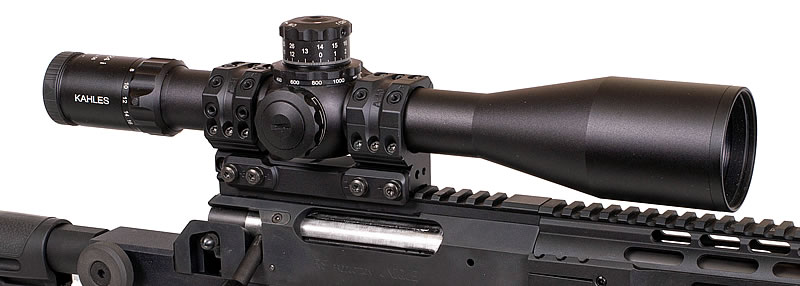
4-The Reticle:
We would need a few more pages to list all the reticles on the market. There are not only standard reticles used by several brands, but also reticles that are unique to each of them. To simplify your choice, we recommend that you proceed by elimination, namely the reticles particularly suitable for hunting but not thin enough to allow great precision for the LRS (Long range shooting) are:
Type 1, 2, 3 (called ‘dot ‘in the USA), 4 and 5.
Choose a thin reticle that is all round like type 7, called also 30/30, or even thinner like type 6 (Crosshair), it is certainly the most used for LRS (long range shooting). There are multiple versions, depending on the brand or model of the scope, with graduations of all kinds, whether they are dedicated to the calculation of distance, ballistics or other.
Each shooter will choose the model that suits him best according to his use and preferences. For those who are just starting out, it is better to stay on simple models to avoid interfering with your aim with graduations and indications which at first will not be of much use to you.
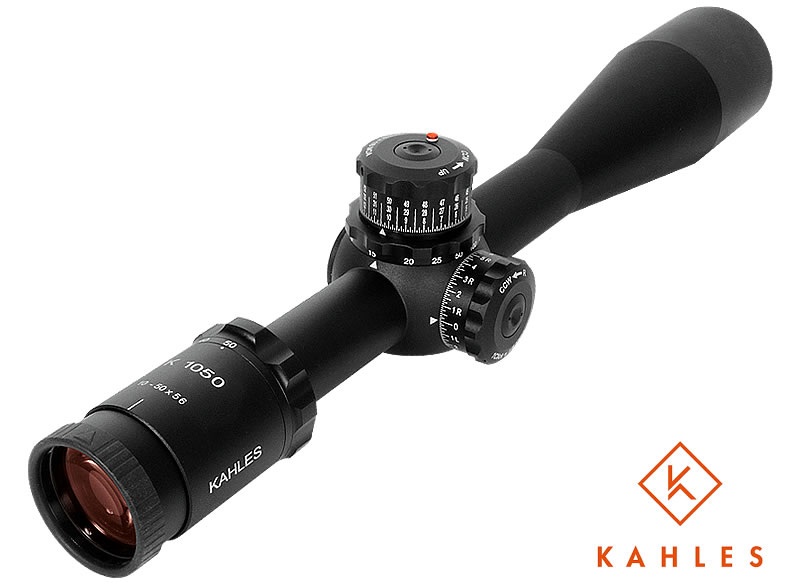
5-The Focal Plan:
This is the most important criterion of aiming, there are two different types.
-First Focal Plan or commonly known as FFP: the size of the reticle varies depending on the magnification. The greater the magnification, the larger the reticle, and vice versa. The greatest advantage lies in the ease of interpretation of the graduations used to assess or calculate the distance from the target, the deviations of the impacts or the corrections of backsight etc. In most LRS (Long Range Shooting) situations the First Focal Plane Scopes (FFP) prove to be very useful.
-Second Focal Plan or SFP (Second Focal Plan), the size of the reticle is invariable whatever the magnification. One of the major disadvantages is that of having to use coefficients and calculations related to the reference magnification and the actual magnification to estimate distances etc. Really useless gymnastics, especially when you need to concentrate on your shooting technique instead.
In short, if you can afford it and you want to simplify your aiming, choose without hesitation a first focal plan riflescope (FFP) which in any case will be more expensive to purchase than a (SFP) Second focal plan scope.

6-MOA or MRAD?
Formerly riflescopes using MOA were much more common than those using MRAD But what is it exactly?
-MOA: (Minute of Angle) i.e., 1/60 of a degree of angle, an empiric unit of calculation which is expressed in Inch (2.54 cm) / Yard (91.4 m). It takes a little getting used to it, but it has the merit of offering finer tuning possibilities than the MRAD.
-MRAD (Milli radian), a metric unit expressed in cm / Meters. So much more familiar and practical than the MOA. It will also have its share of drawbacks since it does not allow adjustments as fine and precise as the MOA. Explanation:
Whatever the chosen unit, MOA or MRAD, this will concern 2 parts of the scope.
- The first part is at the level of the adjustment races of the turrets (the clicks) of elevation and drift.
MOA scopes take the advantage at this level since they offer very fine adjustments per click, such as ½ MOA (1.45cm), ¼ MOA (0.73 cm), 1/8 MOA (0.36 cm), even for some scopes 1/16 MOA (0.18 cm), i.e. when you move your turret with one click your sight will move 0.36cm at 100 meters away in the case of a 1/8 MOA , while the finest tuning possibility to date on a MRAD scope, is 0.1 MRAD per click, or 1cm at 100 meters away.
- The second part lies in the graduations at the level of the reticle, this is where the MRAD scopes take over. Indeed, MRAD riflescopes generally offer more precise reticles than those in MOA. In addition, the readability of the MRADs on the graduations is much simpler. E.i; if your point of impact is offset by 10 cm at a distance of 100 meters, you know that you simply have to adjust your setting by 10 clicks (1 click being equal to 1cm at 100 meters away)
Note that the price of scopes on the market is in no way affected by the fact that they are in MOA or in MRAD, so it is only your preference for one or the other that will be decisive for your choice.
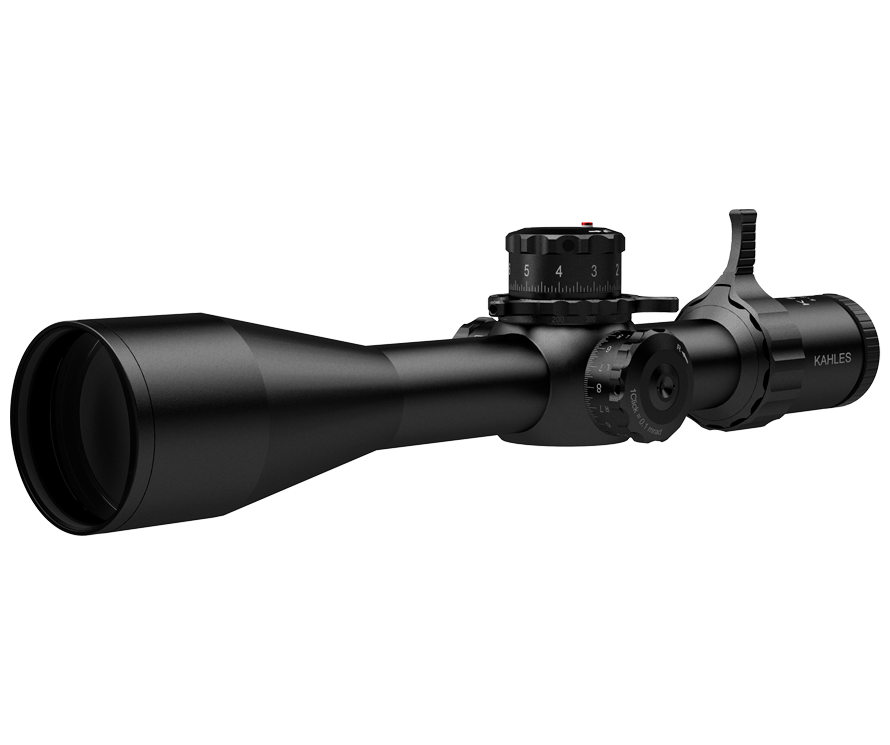
7-Parallax Error or correction of Parallax:
It is simply a matter of aligning your eye with both the axis of the reticle and the axis of the intended target.
A parallax error is mainly due to the phenomenon of magnification of the scope, which can distort the alignment of the axes (eye, reticle, target). A parallax error most often results in a cloudy reticle and a sharp target. In this case it is extremely rare not to have to correct the parallax (correct the alignment of the axes) when shooting beyond 100 meters.
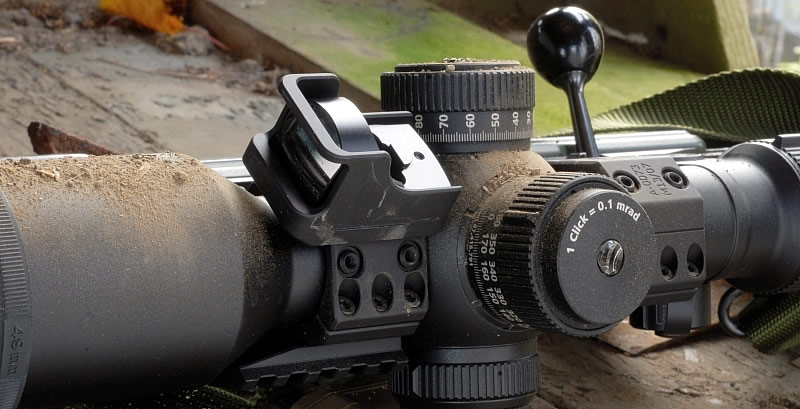
8-Eye Relief:
This is the distance between the shooter's eye and the scope. To avoid a shock caused by the recoil of the rifle, especially in the case of a large caliber, a minimum distance generally of 8 to 10 cm between the scope and the shooter's eye must be respected.
The better the quality of the scope, the less this distance will cause discomfort in aiming, generally represented by a black ring around the reticle.
Ultimately, the choice of your rifle scope must be carefully considered and in accordance with the use for which it will be intended. You will find good to excellent quality riflescopes depending on your preference and budget, in the price range from 700€ to over 5000 €.
As much in the case of a rifle, a carrying case or a bipod, you can choose second-hand products in good working conditions without taking significant risks, as much for the rifle scope, we can strongly advise you against this perilous practice. Indeed, a rifle scope is above all a complex and sensitive tool, which in view of its acquisition price well deserves the guarantees offered by the manufacturers when purchasing a new one.
Finally, don't hesitate to spend a few dozen euros more to match your scope with protective accessories such as lens flaps and a protective cover.
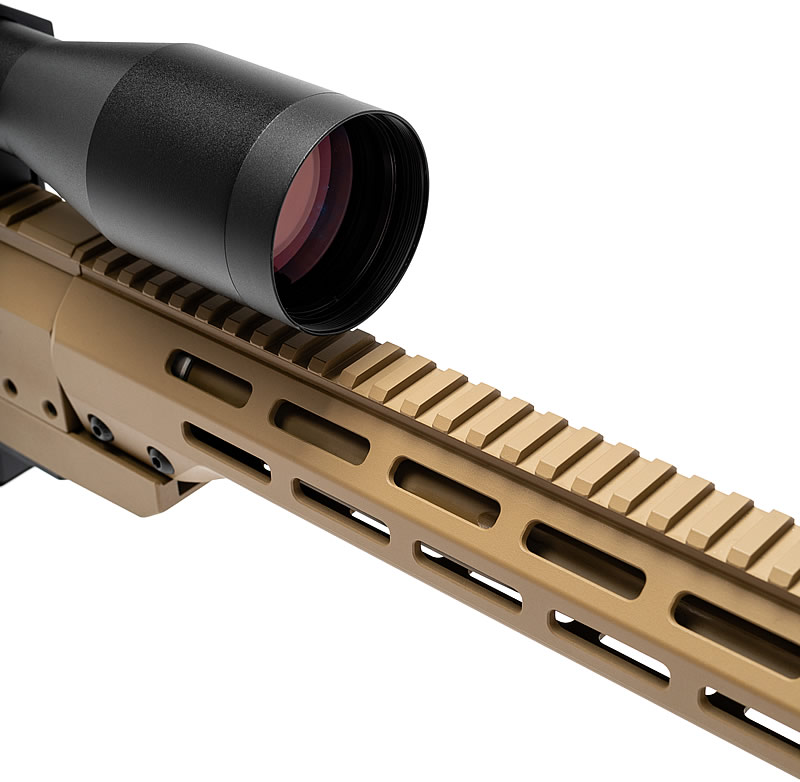

 The Perfect Gift for Shooters & Hunters: Why a RifleCX Cleaning Kit Is the Best
The Perfect Gift for Shooters & Hunters: Why a RifleCX Cleaning Kit Is the Best
 How to Clean a Firearm: The Complete Guide to Gun Cleaning and Maintenance
How to Clean a Firearm: The Complete Guide to Gun Cleaning and Maintenance
 Turkey: The Phenomenon of Counterfeit Hunting and Shooting Firearms
Turkey: The Phenomenon of Counterfeit Hunting and Shooting Firearms
 The Art of Firearm Maintenance: Beyond Routine, A Renewed Passion with RifleCX
The Art of Firearm Maintenance: Beyond Routine, A Renewed Passion with RifleCX
 The Gun Behind the Legend- The KING ELEVEN 1911 Pistol
The Gun Behind the Legend- The KING ELEVEN 1911 Pistol
